Did you know? Over 60% of marketers say SEO tools dramatically increased their organic search traffic within a year. The digital marketing world continues to evolve, and in 2025, the right SEO tools can completely revolutionize the way you approach search engine optimization. Whether you’re a business owner, marketer, or content creator, unlocking the true power of today’s seo tools isn’t just an option—it’s a necessity if you want to outpace competitors, reach your audience, and drive consistent growth. This article reveals the tools that shape tomorrow’s winners and shows you how easy it is to climb the ranks with the right gear at your fingertips.
“Did you know? Over 60% of marketers say SEO tools dramatically increased their organic search traffic within a year.”
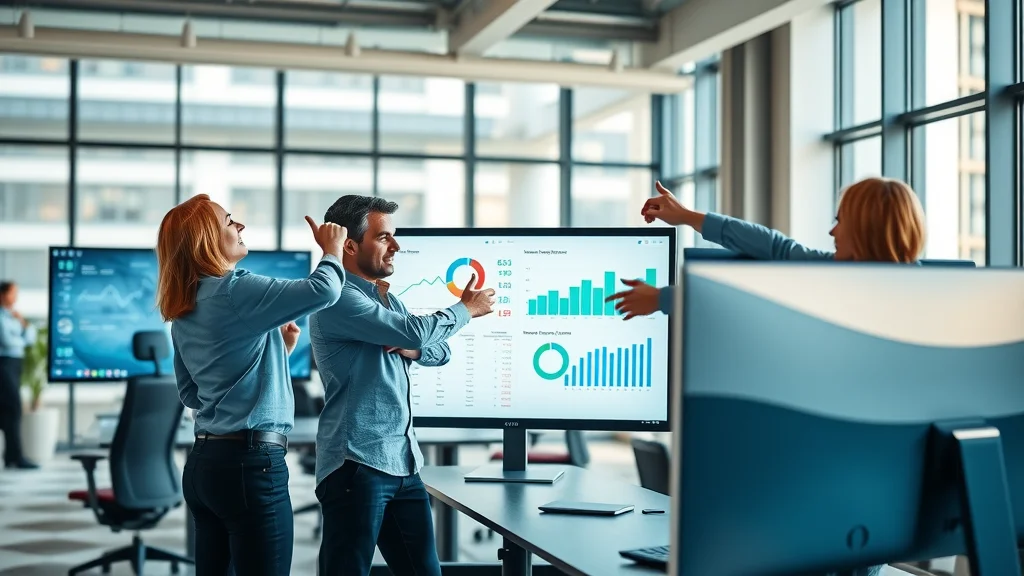
A Startling Beginning: Why SEO Tools Are Crucial in 2025
In 2025, the landscape of search engine optimization has shifted yet again. Algorithms are smarter, competition is fiercer, and the need for actionable data has never been higher. SEO tools now serve as your digital Swiss Army knife, delivering insights on everything from site performance and technical health to content optimization and backlink strategy. The best part? These tools don’t just help major corporations—they’re accessible to anyone, at any budget.
As businesses and creators clamor for the top spots on Google, Bing, and emerging search engines, free SEO tools and premium solutions alike empower users with features that automate SEO audits, highlight critical technical SEO issues, and provide tangible guidance for ranking improvement. No more guesswork or outdated tactics. If you haven’t started using an SEO tool—or haven’t upgraded yours in a while—you’re missing out on a massive, untapped opportunity. Start today, and you’ll never look back.
What You’ll Learn About SEO Tools
- How the best SEO tools work in 2025
- Which free SEO tools offer real value
- Technical SEO optimization with the right SEO tool
- Content optimization using advanced SEO tools
- Tips for beginners choosing their first SEO tool
SEO Tools: An Overview
What is an SEO Tool?
An SEO tool is a specialized software or online platform created to help optimize websites for search engines. Whether you’re aiming to dominate search results, analyze backlinks, research keywords, or identify technical glitches, these tools streamline processes that would otherwise be time-consuming and complex. In 2025, SEO tools go well beyond simple data tracking. They provide actionable insights for everything: from auditing your site’s infrastructure to refining your content for better rankings and user engagement. These tools are not just for SEO agencies or IT professionals; anyone with a website or a business presence online stands to benefit. As digital marketing grows more sophisticated, having access to robust, user-friendly seo tools ensures that your blog posts, product pages, and business listings consistently reach their target audience, keeping you competitive in the ever-changing world of search engines.

Table: Quick Comparison of Leading SEO Tools
| SEO Tool Name | Key Features | Price | Suitable For | Free Option Available |
|---|---|---|---|---|
| Google Search Console | Site monitoring, indexing, technical SEO | Free | All levels | Yes |
| Screaming Frog | Site audits, duplicate content, crawl analysis | Freemium/Paid | Technical SEO | Yes |
| Ahrefs | Backlink analysis, keyword research, competitor tracking | Paid | Advanced users | No |
| SEMrush | Full SEO suite, keyword tracking, site audits | Paid | All levels | Yes (limited) |
| Ubersuggest | Keyword suggestions, content ideas, basic site audit | Freemium | Beginners | Yes |
Top 25 SEO Tools of 2025 – Ranked
1. Google Search Console: Your Essential Free SEO Tool
- Technical SEO insights and optimization
- Content optimization recommendations
- Monitor canonical tags and mobile usability
Still the gold standard among free SEO tools, Google Search Console is indispensable in 2025 for site owners at every level. It offers precise technical SEO insights, including identifying crawl errors, optimizing site structure, and providing data-driven advice for content optimization. The dashboard detects and flags canonical tag issues and enhances mobile-friendliness. Its integration with Google Analytics also enables deeper comparisons and search results visibility tracking, making it a foundation for effective SEO strategies.
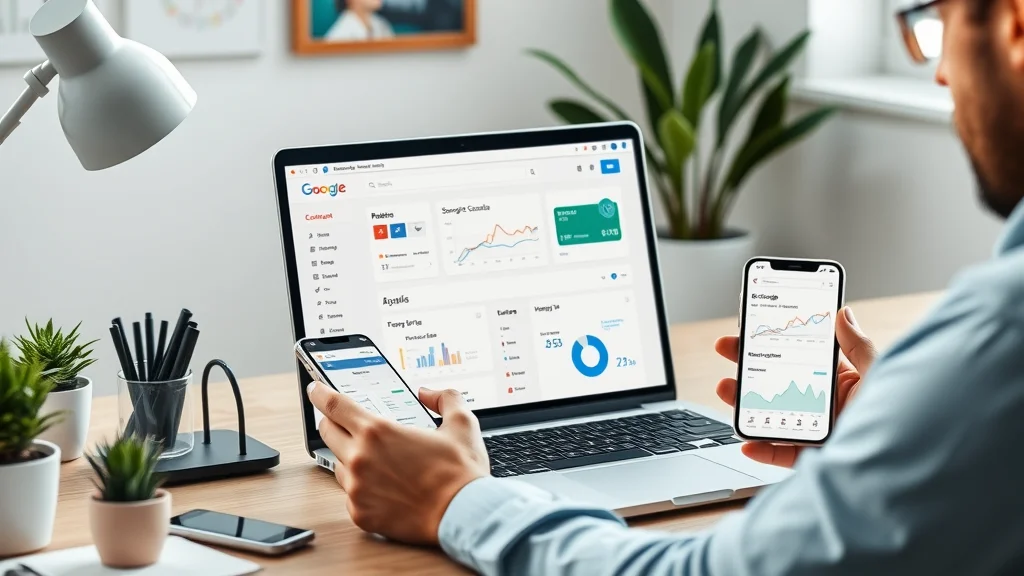
2. Screaming Frog: Powerful Technical SEO Tool
- Comprehensive SEO audits
- Detection of canonical tag and duplicate content issues
- Advanced crawl analysis
When it comes to technical SEO, Screaming Frog dominates. This powerful SEO tool can crawl even complex websites, providing instant, actionable audit reports. It excels at revealing canonical tags issues, duplicate content, and site architecture bottlenecks. Its visual reports help prioritize fixes that directly affect search engine performance—essential for anyone running regular SEO audits. The free tool version is robust enough for smaller sites, while the paid upgrade unlocks deeper analysis and integrations for large, enterprise-level domains.
3. Ahrefs: All-in-One SEO Tool for Professionals
- Backlink analysis
- Content optimization tools
- Competitor research functionality
For those seeking top-tier insights, Ahrefs remains an industry favorite. Its flagship features, including comprehensive backlink analysis, powerful keyword research tools, and competitive metrics, give digital marketers an edge in developing winning strategies. The platform's intuitive graphs and detailed breakdowns highlight opportunities for content optimization and domain authority growth. While this SEO tool comes at a premium, its detailed, up-to-the-minute data on search engines and competitors pays for itself when used to power informed business decisions.
4. SEMrush: SEO Tool for Competitive Analysis
- SEO audit and technical SEO
- Content optimization and keyword tracking
- Local SEO capabilities
If competitor analysis is your top priority, look no further than SEMrush. This all-in-one SEO tool blends robust SEO audit features, technical site health checks, and granular keyword research. Its local SEO dashboards are ideal for businesses targeting region-specific audiences. Integrated reporting allows hands-on marketers to quickly adapt their seo content and promotions for shifting search results, while content optimization modules inspire new blog posts and landing pages that convert.
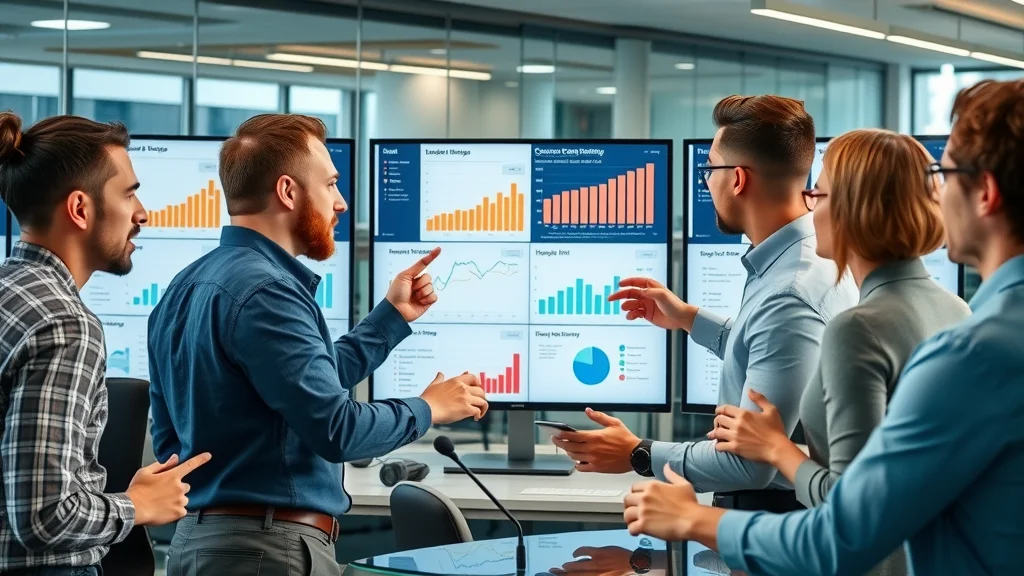
5. Moz Pro: Reliable SEO Tool for Continuous Growth
- SEO audit and site crawl
- Keyword research and tracking
- Content optimization features
6. Ubersuggest: User-Friendly Free SEO Tool
- Free SEO features for beginners
- Keyword suggestions and content ideas
- Basic technical SEO tools
When accessibility meets effectiveness, Ubersuggest leads the way. Perfect for beginners and cost-conscious users, the free tool offers swathes of actionable data: keyword suggestions, site audit opportunities, and content brainstorming support. Ubersuggest’s interface is friendly, demystifying often daunting SEO jargon. For small businesses and those creating their first blog post, this tool lowers the entry barrier to high-impact SEO content.
7. Google Analytics: Measure SEO Tool Success
- Traffic and conversion analysis
- Integration with Google Search Console
- Identify content optimization opportunities
While technically an analytics suite rather than a classic SEO tool, Google Analytics is mission-critical for measuring real-world SEO tool success. By integrating with Google Search Console, webmasters can track everything from organic traffic to user behavior and conversion rates. Google Analytics provides the context needed to assess the impact of content optimization, making it a must-have companion for all technical and creative SEO efforts.

8. Yoast SEO: SEO Tool for WordPress Content Optimization
- Content optimization suggestions
- Integration of canonical tags
- SEO audit features
9. Majestic: Backlink-Focused SEO Tool
- Comprehensive link analysis
- Trust Flow and Citation Flow metrics
- Competitor backlink audits
remains foundational in effective SEO strategies. Majestic distinguishes itself with unrivaled backlink analysis, rich visualizations, and proprietary metrics like Trust Flow and Citation Flow. Marketers use Majestic to dissect their link profiles and outsmart competitors, ensuring healthier search engine positioning and sustainable domain authority growth.
10. Surfer SEO: Data-Driven SEO Tool for Content Optimization
- Real-time content optimization
- SERP analyzer
- Keyword density and technical SEO suggestions
11-25. More Powerful SEO Tools to Explore
- Rank Math
- KWFinder
- BuzzSumo
- AnswerThePublic
- SpyFu
- Woorank
- Seobility
- CognitiveSEO
- BrightLocal (for local SEO)
- Mangools
- Serpstat
- Onpage Hero
- DeepCrawl
- Botify
- WebCEO
Each of these SEO tools brings unique expertise to the table—whether it's local SEO audits, competitive intelligence, technical optimization, or innovative keyword research approaches. For teams seeking to refine specific aspects of their strategy or looking to integrate specialized features, these tools round out a strong, modern SEO arsenal.
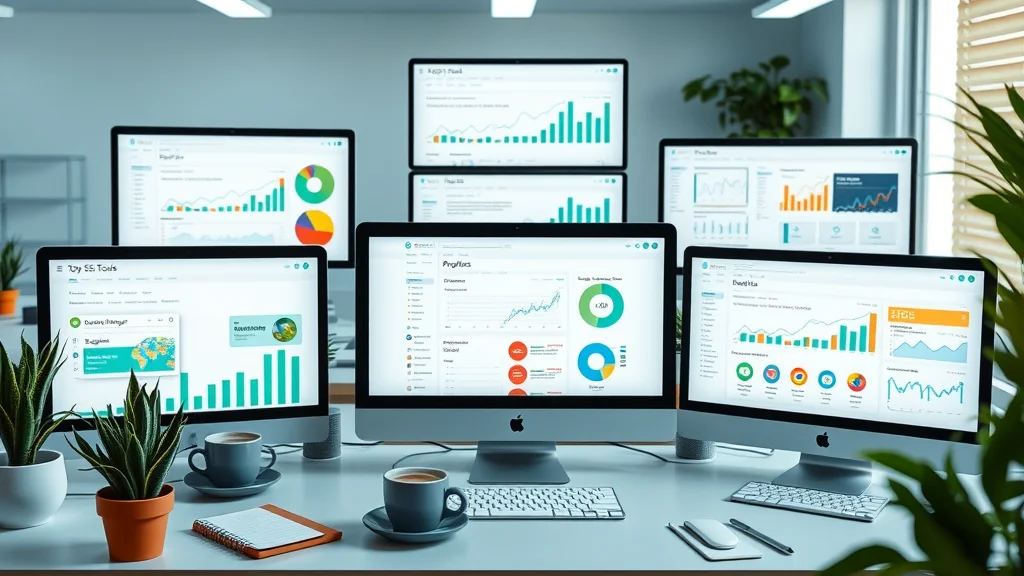
Free SEO Tools: Maximize Results on Any Budget
- Key considerations using free SEO tools
- How free SEO tools help with content optimization and technical SEO
- Must-have free SEO tools for beginners
Who says you need a massive marketing budget to win at SEO? Free SEO tools have matured rapidly—offering both performance and precision without the recurring monthly fees. Tools such as Google Search Console, Ubersuggest, and even entry-level versions of Screaming Frog or SEMrush provide invaluable insights. They empower site owners to fix technical SEO errors, check canonical tag setups, and brainstorm new content optimization angles. The best approach: combine several free tools for a comprehensive strategy. Always start with tools that align with your immediate goals, especially for those just launching their digital journey.
Advanced SEO Tools: Unlocking Technical SEO and Deep Analytics
- SEO audit automation
- Technical SEO features: crawlability, canonical tags, schema
- User-friendly dashboards for deep data analysis
For established websites or those scaling aggressively, advanced SEO tools are essential. AI-powered audit automation, schema markup validation, and site crawlability analysis are all at your fingertips. Platforms like Botify, DeepCrawl, and Onpage Hero turn tedious, technical tasks into a streamlined, recurring process. Their dashboards visualize complex data environments, highlighting duplicate content, crawl inefficiencies, and canonical tag misconfigurations. Investing in these tools means less time firefighting and more time strategizing.
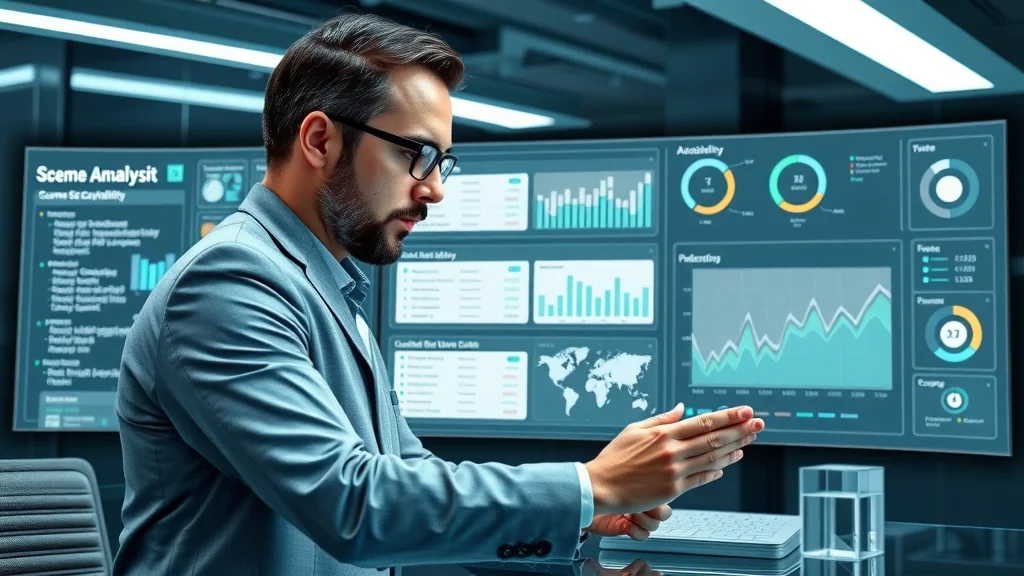
Content Optimization: The Secret Sauce in Modern SEO Tools
- How SEO tools guide content optimization in 2025
- Best practices for using SEO tools to optimize blogs and web pages
- Case study: Content optimization success stories
No modern SEO strategy is complete without a focus on content optimization. The latest SEO tools analyze factors like keyword density, semantic relevance, readability, and competitive positioning. Whether you’re writing a blog post, refreshing service pages, or creating product descriptions, these tools offer real-time suggestions—improving both search engine visibility and user engagement. Successful brands now treat content optimization tools as partners in their creative process, not just after-the-fact checkers. This shift has led to real-world traffic surges, as marketers leverage AI-driven suggestions to secure both position and authority in search results.

Local SEO Tools: Hyper-Targeted Exposure for Small Businesses
- Optimizing for local searches with SEO tools
- Top SEO tools for local SEO audits and tracking
- Integrating Google Search Console and Maps
For small businesses, local SEO is a lifeline. Local SEO tools like BrightLocal, Moz Local, and Google Search Console focus on regional discoverability. These platforms audit your presence in directories, monitor local rankings, and offer actionable insights for improving visibility in map packs and community-based search results. Additionally, integrating Google Maps with your analytics and SEO tools ensures you capitalize on location-based searches and foot traffic trends. For shop owners and service professionals, these features translate directly to order volume and community engagement.

Watch our step-by-step guide to setting up your first SEO tool! This beginner-friendly walkthrough demonstrates how to get the most out of Ubersuggest or Google Search Console, with interface navigation, feature explanations, and expert tips you can implement instantly.
SEO Tools for Technical Mastery: Site Audits and Beyond
- SEO audit tool features to look for
- Use cases: Screaming Frog and Google Search Console
- Automated vs. manual technical SEO improvements
Modern SEO tools bridge the gap between technical proficiency and actionable improvement. When running a complete SEO audit, look for features like crawl maps, automated error detection, duplicate content reporting, and canonical tag monitoring. Screaming Frog shines by uncovering hard-to-spot technical faults, while Google Search Console captures real-world indexing and usability issues. Automated solutions are ideal for ongoing checks, but manual reviews—supported by your chosen SEO tool—let you fine-tune strategies and validate site health personally. Mastery of \SEO tools\" in 2025 means blending both approaches for sustainable success."

Google Search Console: Free, Indispensable SEO Tool
- Setting up and configuring Google Search Console
- Key technical SEO insights
- Content optimization and site monitoring
If you implement just one SEO tool in 2025, let it be Google Search Console. Its account setup is straightforward, and the resulting dashboard offers visibility into how Google's algorithms view, index, and evaluate your pages. This tool excels at highlighting critical SEO audit factors, from crawl errors and mobile friendliness to canonical tag issues and unindexed URLs. Meanwhile, ongoing reporting fosters smarter content optimization and ensures your site is consistently performing at its peak.
Canonical Tags and SEO Tools: Managing Duplicate Content
- What are canonical tags?
- How SEO tools implement canonical tag fixes
- Tools that help manage canonical tags

Google Analytics + SEO Tools: Data That Drives Success
- Connecting Google Analytics and SEO tools
- Analytics-driven content optimization
- Real-world SEO improvement examples
People Also Ask: Top Questions About SEO Tools
What is an SEO tool?
SEO tools are software platforms or applications designed to help optimize websites for search engines, improve rankings, and track performance metrics. Modern SEO tools handle everything from technical audits and keyword research to content optimization and backlink analysis.
What is the most popular SEO tool?
Google Search Console remains the most widely used SEO tool due to its free access, powerful features, and direct integration with Google Search data. Other top contenders include Ahrefs and SEMrush for more advanced needs.
What are the 4 types of SEO?
The four main types of SEO are: on-page SEO (content optimization), off-page SEO (link building), technical SEO (site performance and crawlability), and local SEO (optimizing for local search results).
Which small SEO tool is best for beginners?
Ubersuggest is a highly recommended small SEO tool for beginners due to its intuitive interface, free SEO features, and helpful keyword/content suggestions. Google Search Console is also essential and completely free.
Expert Quotes: Why Marketers Rely on SEO Tools in 2025
“Selecting the right SEO tool is like unlocking a treasure chest of digital opportunities—don’t overlook their impact in today’s search landscape.”
– SEO Expert
Key Takeaways: Making the Most of SEO Tools
- Leverage both free and premium SEO tools for maximum impact
- Combine tools for technical SEO, content optimization, and analytics
- Regular SEO audits help maintain optimal site health
- Adapt to new SEO tools and features emerging in 2025
FAQs: Everything You Need to Know About SEO Tools
-
How do SEO tools impact rankings?
SEO tools provide data-informed recommendations and technical corrections that make your site more discoverable by search engines, directly impacting search rankings and overall site performance. -
Are free SEO tools enough for small businesses?
Free SEO tools like Google Search Console and Ubersuggest offer significant value to small businesses, especially when paired with a well-structured SEO strategy. As needs grow, supplementing with premium tools delivers even more insights. -
What’s the difference between Google Analytics and SEO tools?
Google Analytics focuses on measuring user behavior, conversions, and site engagement, while SEO tools analyze keywords, technical factors, and website optimization for search visibility. Used together, they deliver a comprehensive growth picture. -
How can SEO tools improve my technical SEO?
SEO tools automatically detect technical website issues—such as broken links, slow page speed, crawl errors, and improper canonical tags—offering solutions that boost your technical SEO efficiently and effectively.
Watch how digital marketers and small business owners leverage top SEO tools to grow traffic, improve rankings, and transform their web presence. Real-world results, case studies, and expert strategies—all in one comprehensive video.
Take the Next Step: Try the Best SEO Tools for Your Website
Ready to upgrade your SEO strategy? Start exploring these SEO tools today—experiment with a mix of free and premium solutions to find the perfect fit for your website’s needs. The future of search is now within your reach.
 Add Row
Add Row  Add
Add 




Write A Comment